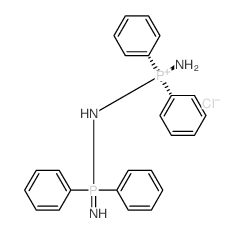2960-37-4
| Name | [(diphenylphosphanylamino)-phenylphosphanyl]benzene |
|---|---|
| Synonyms | dppa |
| Melting Point | 143-145ºC |
|---|---|
| Molecular Formula | C24H21NP2 |
| Molecular Weight | 385.37800 |
| Exact Mass | 385.11500 |
| PSA | 39.21000 |
| LogP | 5.06270 |
|
Section 1: Product Identification Chemical Name:N,N-Bis(diphenylphosphino)amine, min. 98% CAS Registry Number:2960-37-4 Formula:(C6H5)2PNHP(C6H5)2 EINECS Number:none Chemical Family:organophosphorus compound Synonym:None
Section 2: Composition and Information on Ingredients IngredientCAS NumberPercentACGIH (TWA)OSHA (PEL) Title Compound2960-37-4100%no datano data Section 3: Hazards Identification Emergency Overview:Irritating to eyes and skin. May be harmful if swallowed or inhaled. Primary Routes of Exposure:Ingestion Eye Contact:Causes mild irritation of the eyes. Skin Contact:Causes slight irritation of the skin. Inhalation:Inhalation of dust may lead to irritation of the respiratory tract. Ingestion:No information is available on the physiological effects of ingestion. May be harmful if swallowed. Acute Health Affects:Irritating to eyes and skin. May be harmful if swallowed or inhaled. Chronic Health Affects:No information available on long-term chronic effects. NTP:No IARC:No OSHA:No SECTION 4: First Aid Measures Immediately flush the eyes with copious amounts of water for at least 10-15 minutes. A victim may need Eye Exposure: assistance in keeping their eye lids open. Get immediate medical attention. Wash the affected area with water. Remove contaminated clothes if necessary. Seek medical assistance if Skin Exposure: irritation persists. Remove the victim to fresh air. Closely monitor the victim for signs of respiratory problems, such as difficulty Inhalation: in breathing, coughing, wheezing, or pain. In such cases seek immediate medical assistance. Seek medical attention immediately. Keep the victim calm. Give the victim water (only if conscious). Induce Ingestion: vomiting only if directed by medical personnel. SECTION 5: Fire Fighting Measures Flash Point:no data Autoignition Temperature:no data Explosion Limits:no data Extinguishing Medium:carbon dioxide, dry powder or foam If this material is involved in a fire, fire fighters should be equipped with a NIOSH approved positive pressure Special Fire Fighting Procedures: self-contained breathing apparatus and full protective clothing. Hazardous Combustion andIf involved in a fire this material may emit toxic organic fumes. Decomposion Products: Unusual Fire or Explosion Hazards: No unusual fire or explosion hazards. SECTION 6: Accidental Release Measures Spill and Leak Procedures:Small spills can be mixed with vermiculite or sodium carbonate and swept up. SECTION 7: Handling and Storage Handling and Storage:Store in a tightly sealed container. Keep away from heat and direct sunlight. SECTION 8: Exposure Controls and Personal Protection Eye Protection:Always wear approved safety glasses when handling a chemical substance in the laboratory. Skin Protection:Wear protective clothing and gloves. Ventilation:Material may form a fine dust. If possible, handle the material in an efficient fume hood. If ventilation is not available a respirator should be worn. The use of respirators requires a Respirator Respirator: Protection Program to be in compliance with 29 CFR 1910.134. Ventilation:Material may form a fine dust. If possible, handle the material in an efficient fume hood. Additional Protection:No additional protection required. SECTION 9: Physical and Chemical Properties Color and Form:white xtl. Molecular Weight:385.38 Melting Point:143-145° Boiling Point:no data Vapor Pressure:no data Specific Gravity:no data Odor:none Solubility in Water:soluble SECTION 10: Stability and Reactivity Stability:air and moisture stable solid Hazardous Polymerization:no hazardous polymerization Conditions to Avoid:none Incompatibility:Oxidizing agents Decomposition Products:carbon dioxide, carbon monoxide, phosphorus pentoxide, nitrogen oxides, and organic fumes. SECTION 11: Toxicological Information RTECS Data:No information available in the RTECS files. Carcinogenic Effects:No data available Mutagenic Effects:No data available Tetratogenic Effects:No data available SECTION 12: Ecological Information Ecological Information:No information available SECTION 13: Disposal Considerations Disposal:Dispose of according to local, state and federal regulations. SECTION 14: Transportation Shipping Name (CFR):Non-hazardous Hazard Class (CFR):NA Additional Hazard Class (CFR):NA Packaging Group (CFR):NA UN ID Number (CFR):NA Shipping Name (IATA):Non-hazardous Hazard Class (IATA):NA Additional Hazard Class (IATA):NA Packaging Group (IATA):NA UN ID Number (IATA):NA SECTION 15: Regulatory Information TSCA:Not listed in the TSCA inventory. SARA (Title 313):Title compound not listed. Second Ingredient:none SECTION 16 - ADDITIONAL INFORMATION N/A |
| Hazard Codes | Xi |
|---|---|
| Risk Phrases | 36/37/38 |
| Safety Phrases | 26-36/37/39 |
| HS Code | 2921499090 |
| Precursor 2 | |
|---|---|
| DownStream 6 | |
| HS Code | 2921499090 |
|---|---|
| Summary | 2921499090 other aromatic monoamines and their derivatives; salts thereof VAT:17.0% Tax rebate rate:9.0% Supervision conditions:none MFN tariff:6.5% General tariff:30.0% |

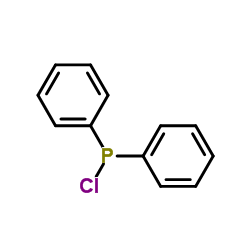

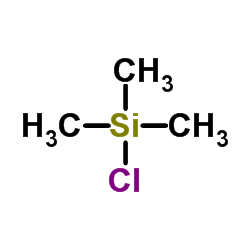
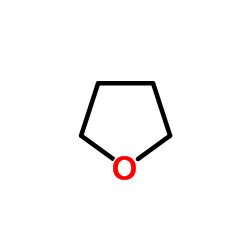
![[Ir4(CO)10(1,1-bis(diphenylphosphino)amine)] structure](https://image.chemsrc.com/caspic/487/287970-75-6.png)
![3-[Co2(CO)4(μ-bis(diphenylphosphino)amine)(μ2-η2-(SiMe3C2))]-4-bromothiophene structure](https://image.chemsrc.com/caspic/096/1089180-14-2.png)
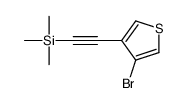
![[(diphenylphosphinothioylamino)-phenylphosphoryl]benzene structure](https://image.chemsrc.com/caspic/451/17162-83-3.png)
